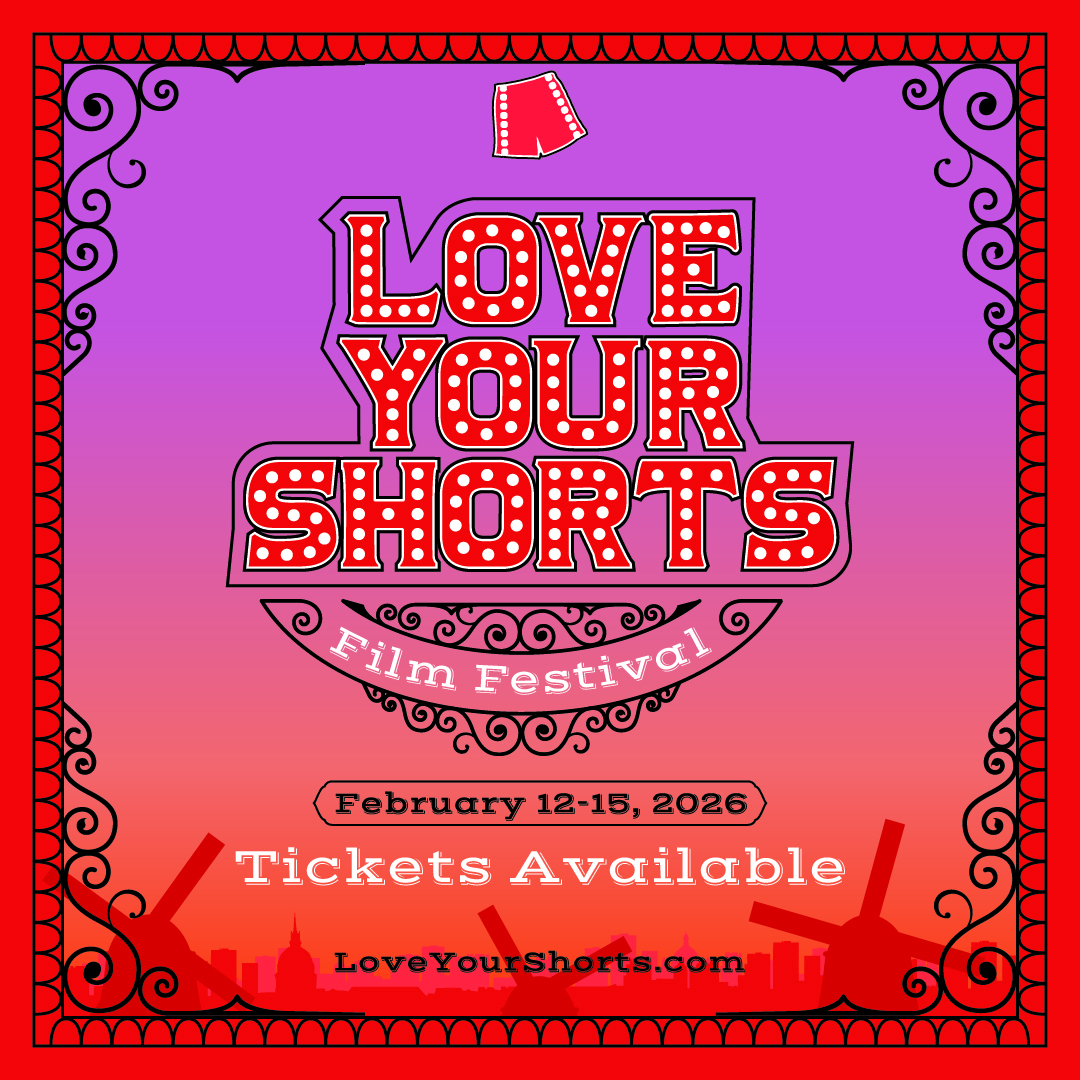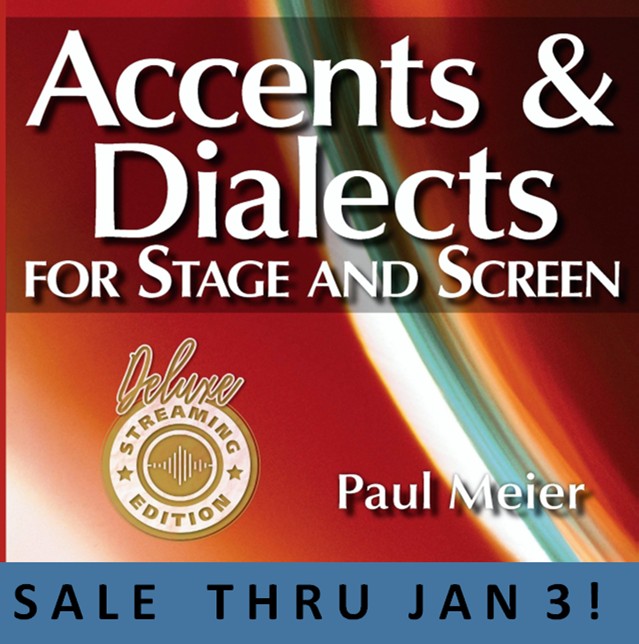South Africa 22
Listen to South Africa 22, a 19-year-old woman from Vredendal, South Africa. Click or tap the triangle-shaped play button to hear the subject.
Both as a courtesy and to comply with copyright law, please remember to credit IDEA for direct or indirect use of samples. IDEA is a free resource; please consider supporting us.
BIOGRAPHICAL INFORMATION
AGE: 19
DATE OF BIRTH (DD/MM/YYYY): 1986
PLACE OF BIRTH: Vredendal, a small town about three hours’ drive from Cape Town
GENDER: female
ETHNICITY: Black South African
OCCUPATION: N/A
EDUCATION: N/A
AREA(S) OF RESIDENCE OUTSIDE REPRESENTATIVE REGION FOR LONGER THAN SIX MONTHS: N/A
OTHER INFLUENCES ON SPEECH: N/A
The text used in our recordings of scripted speech can be found by clicking here.
RECORDED BY: Marth Munro and Karina Lemmer
DATE OF RECORDING (DD/MM/YYYY): 10/2005
PHONETIC TRANSCRIPTION OF SCRIPTED SPEECH: N/A
TRANSCRIBED BY: N/A
DATE OF TRANSCRIPTION (DD/MM/YYYY): N/A
ORTHOGRAPHIC TRANSCRIPTION OF UNSCRIPTED SPEECH:
I was born in Vredendal; it is three hours’ drive from Cape Town. It is a little town. This little town is commonly known for its wine, because we have vineyards from (um) there to Lutzville and (um), wonderful ja, we make wine, red, white, you name it, we make it. I really love this place and I really miss it, because being in the city all that (um) ja, it’s not lekker being in a big city when you’re used to the farm life; it’s fresh air, trees, bosveld and, ja, that’s about it.
TRANSCRIBED BY: Karina Lemmer
DATE OF TRANSCRIPTION (DD/MM/YYYY): 19/01/2008
PHONETIC TRANSCRIPTION OF UNSCRIPTED SPEECH: N/A
TRANSCRIBED BY: N/A
DATE OF TRANSCRIPTION (DD/MM/YYYY): N/A
SCHOLARLY COMMENTARY:
Certain vowels display typical patterns of her native dialect. This is especially evident in the /eə/, as in “fair” that becomes /ɛ/. Her production of consonants displays small elements of first-language interference. The /R/, for example, is mostly neutral in medial and final positions and occasionally trilled in initial positions in words such as “red.” Also note the voiceless /p/ at the end of the word “job.” Despite the fact that her pronunciation seems to be more neutral than that of older speakers, she uses a few typical colloquial expressions borrowed from Afrikaans. This is often a feature. Examples are “j” (meaning “yes” in Afrikaans and often used as an expressive filler in the beginning of utterances) and “lekker” / ‘lɛkəʁ/ (meaning “nice” or “pleasant” in Afrikaans). Insertion of such expressions is often noted in Afrikaans speakers when they speak English in informal contexts.
COMMENTARY BY: Karina Lemmer
DATE OF COMMENTARY (DD/MM/YYYY): 10/2005
The archive provides:
- Recordings of accent/dialect speakers from the region you select.
- Text of the speakers’ biographical details.
- Scholarly commentary and analysis in some cases.
- In most cases, an orthographic transcription of the speakers’ unscripted speech. In a small number of cases, you will also find a narrow phonetic transcription of the sample (see Phonetic Transcriptions for a complete list). The recordings average four minutes in length and feature both the reading of one of two standard passages, and some unscripted speech. The two passages are Comma Gets a Cure (currently our standard passage) and The Rainbow Passage (used in our earliest recordings).
For instructional materials or coaching in the accents and dialects represented here, please go to Other Dialect Services.
 IDEA: International Dialects of English Archive
IDEA: International Dialects of English Archive




